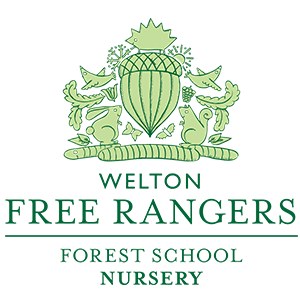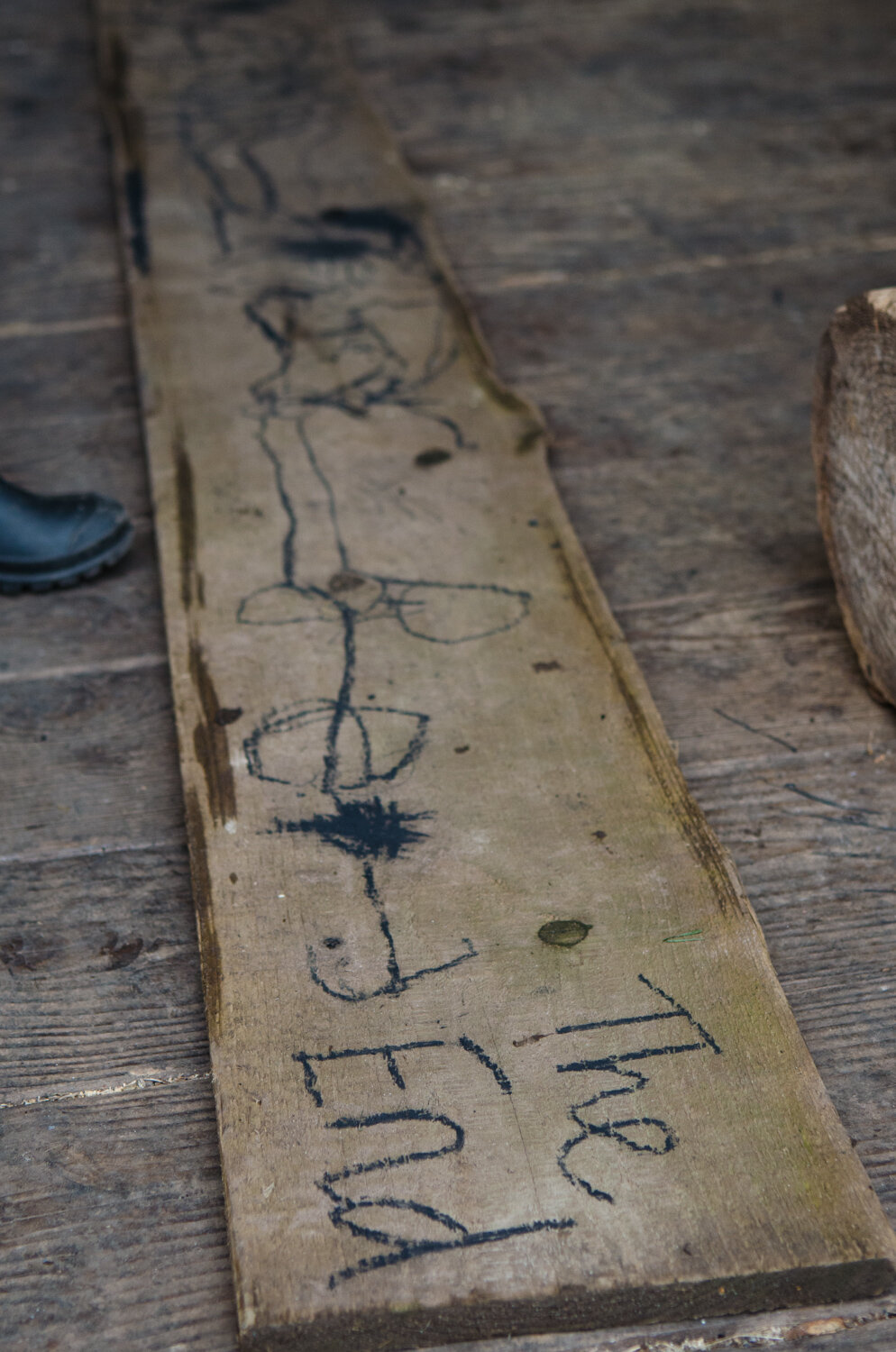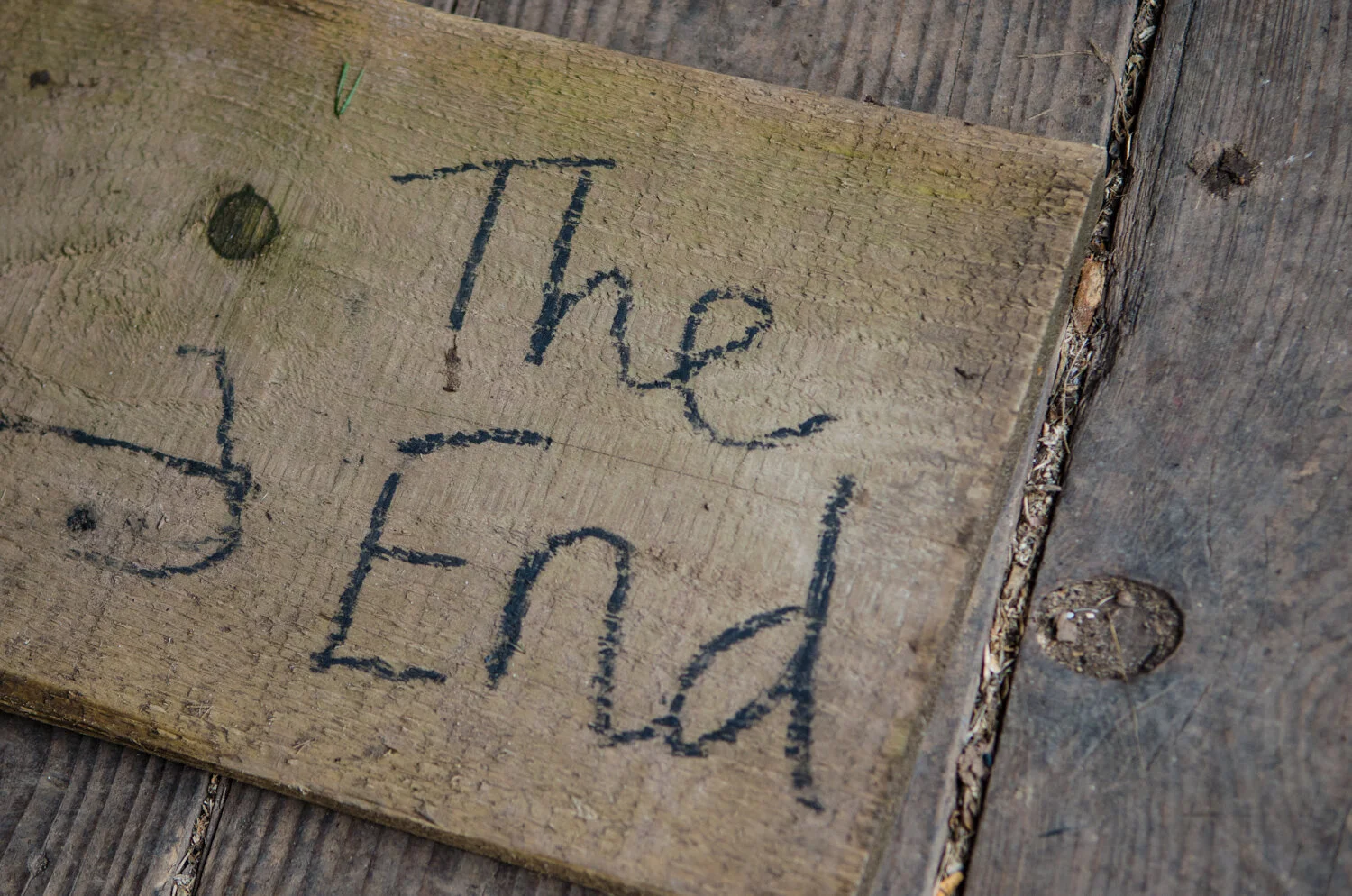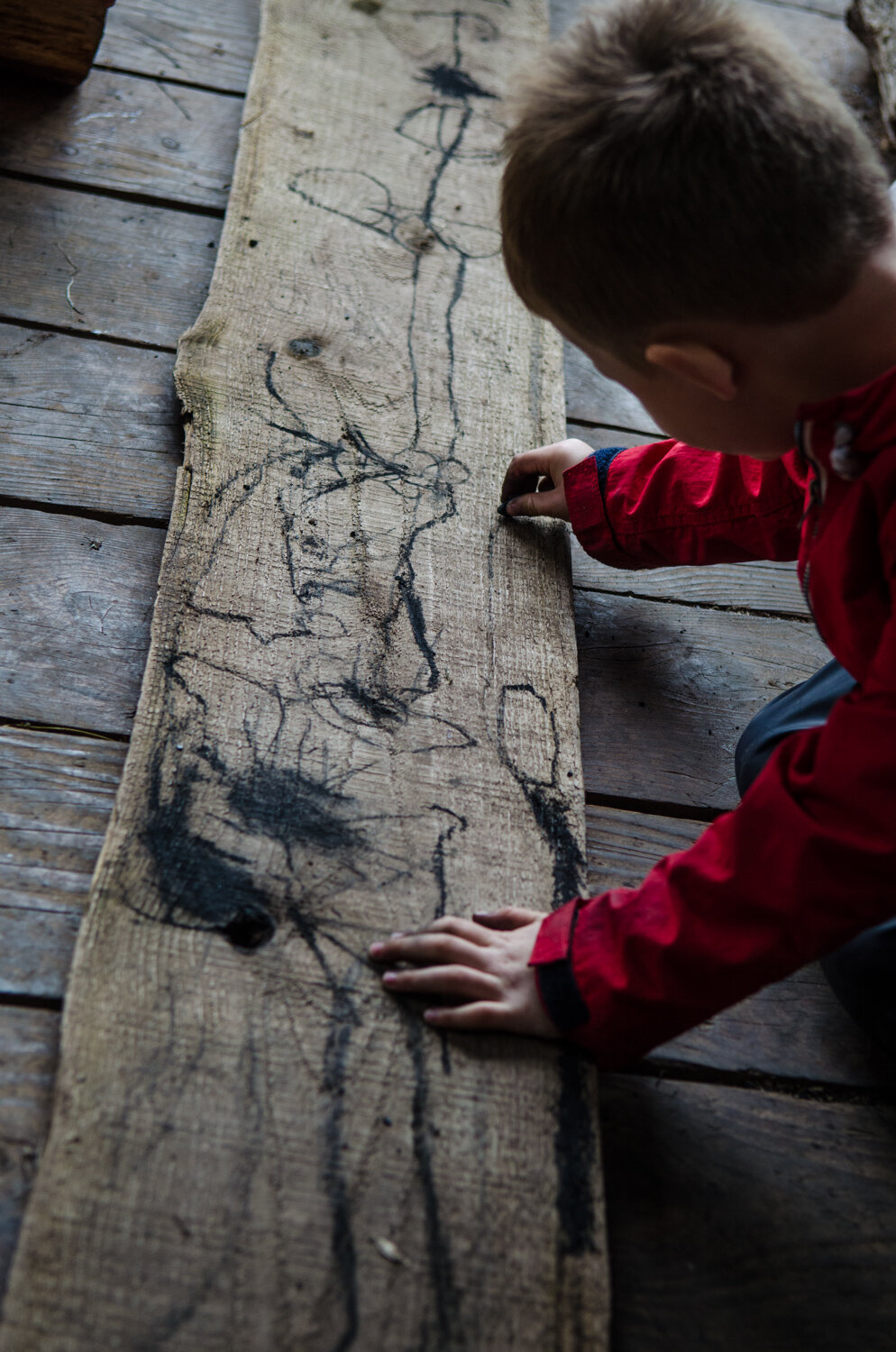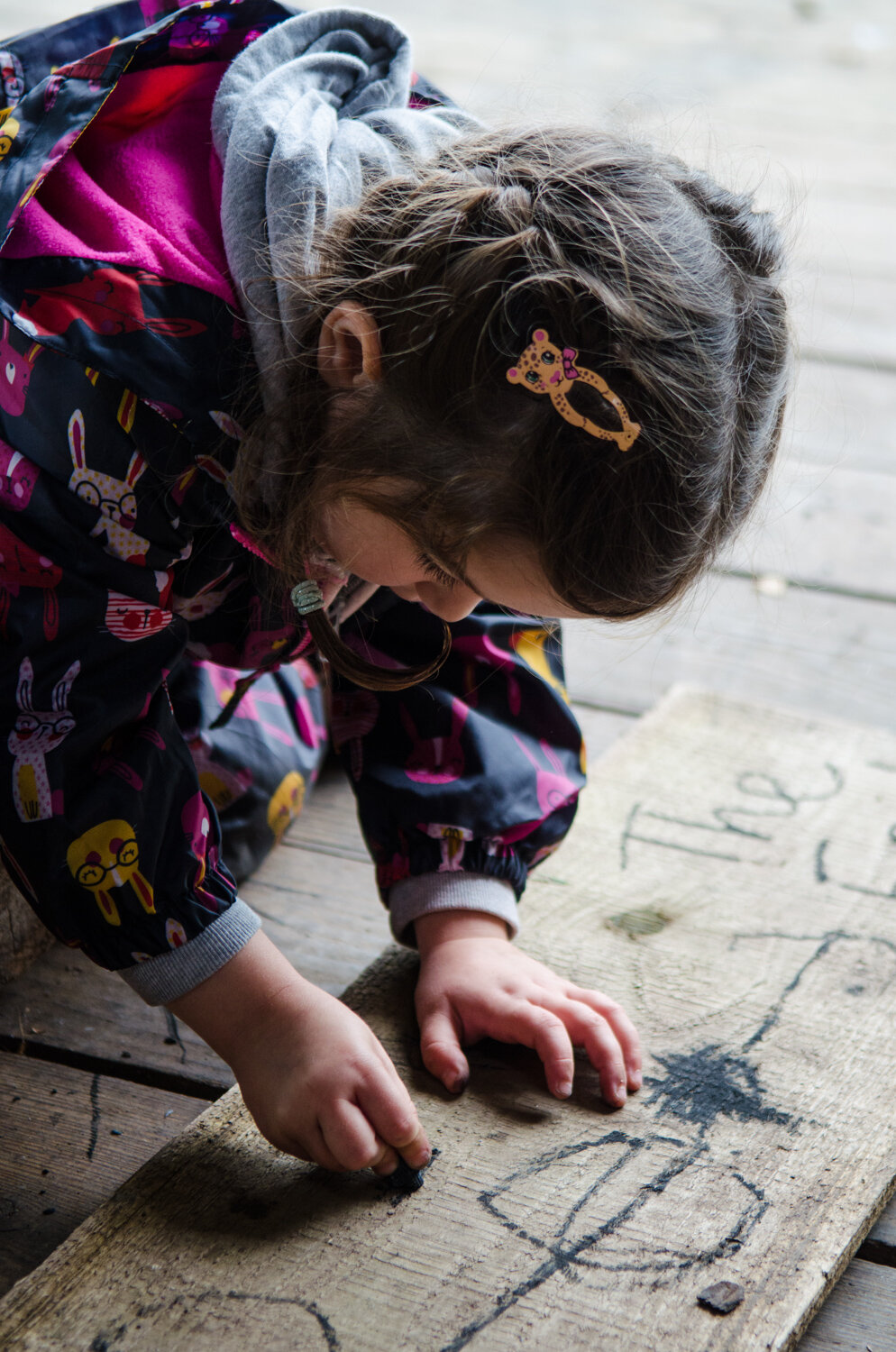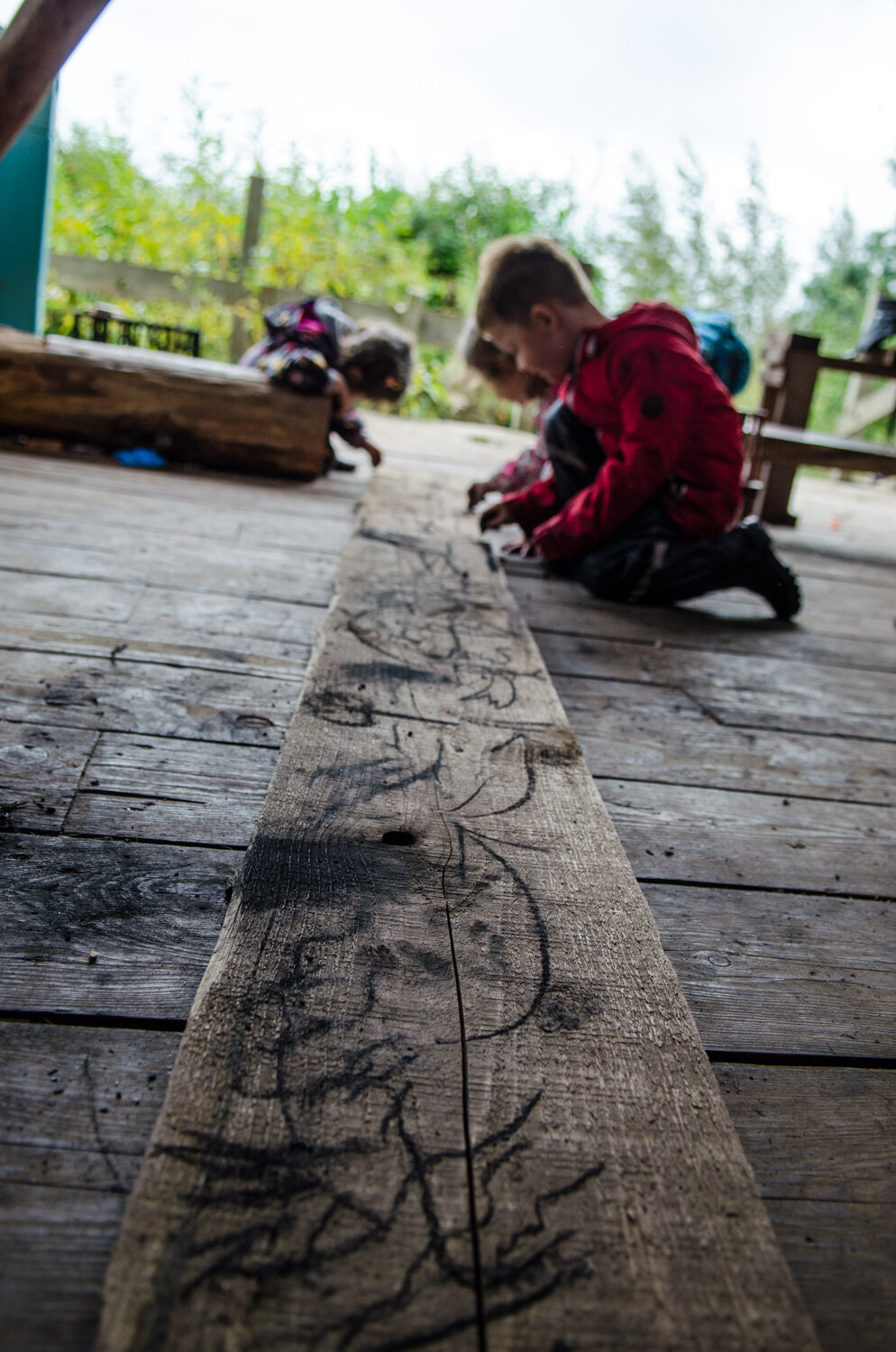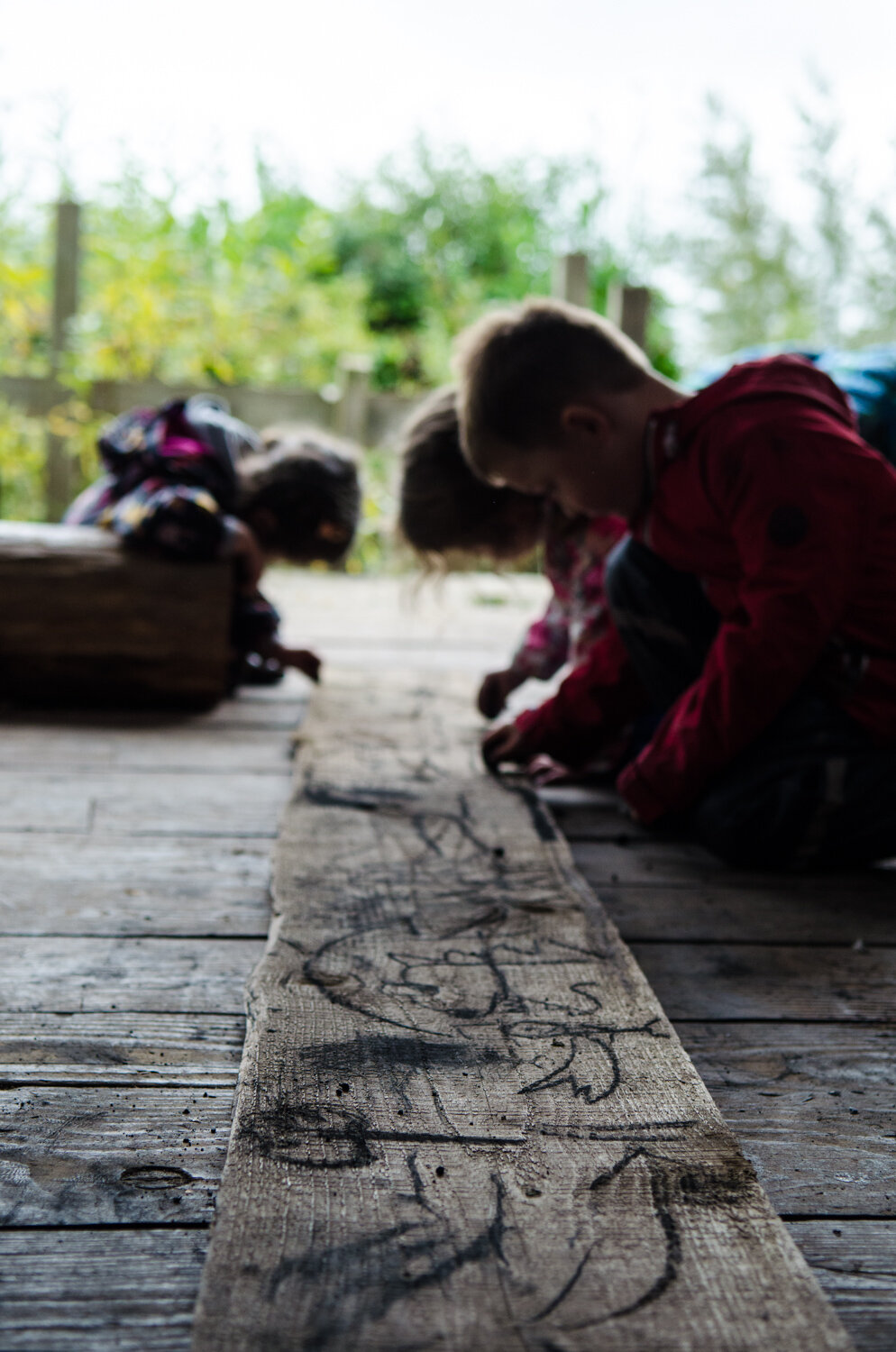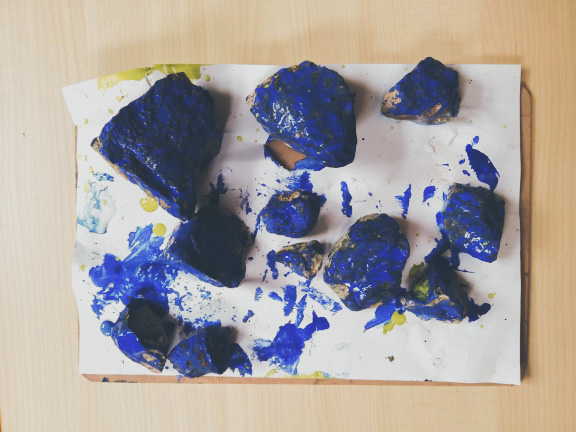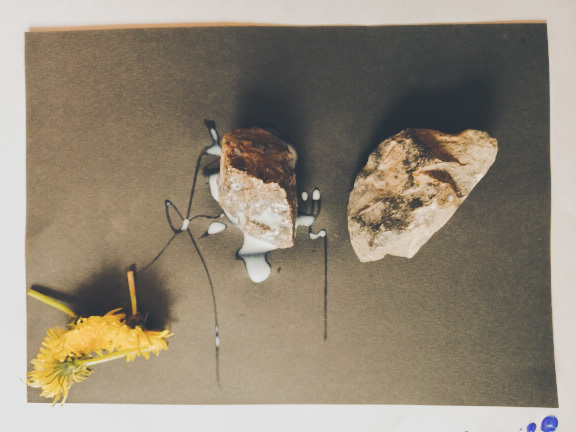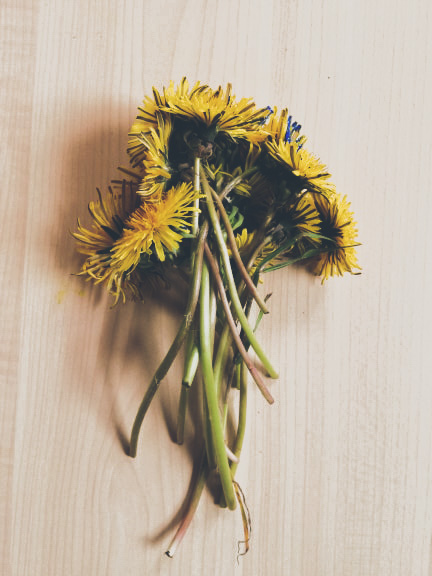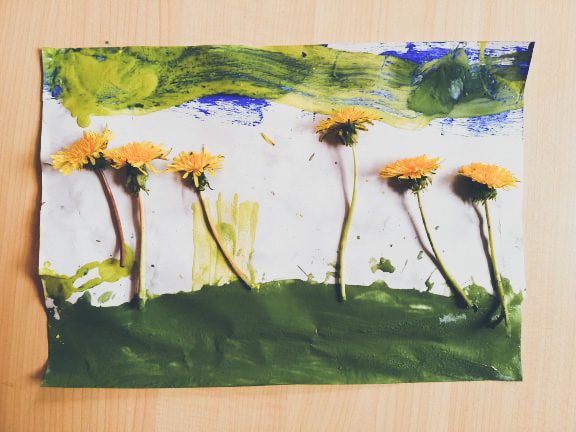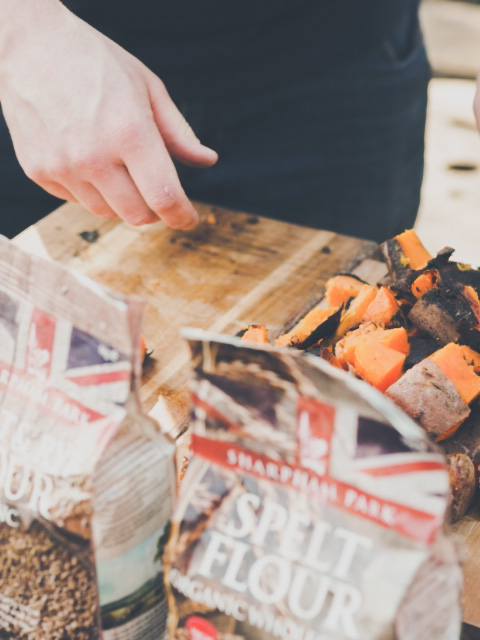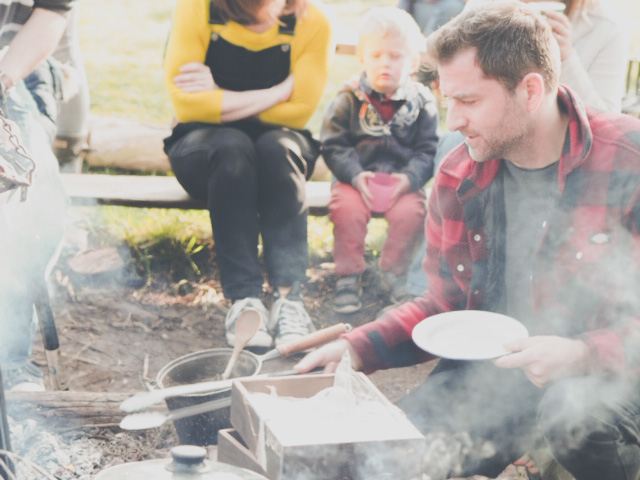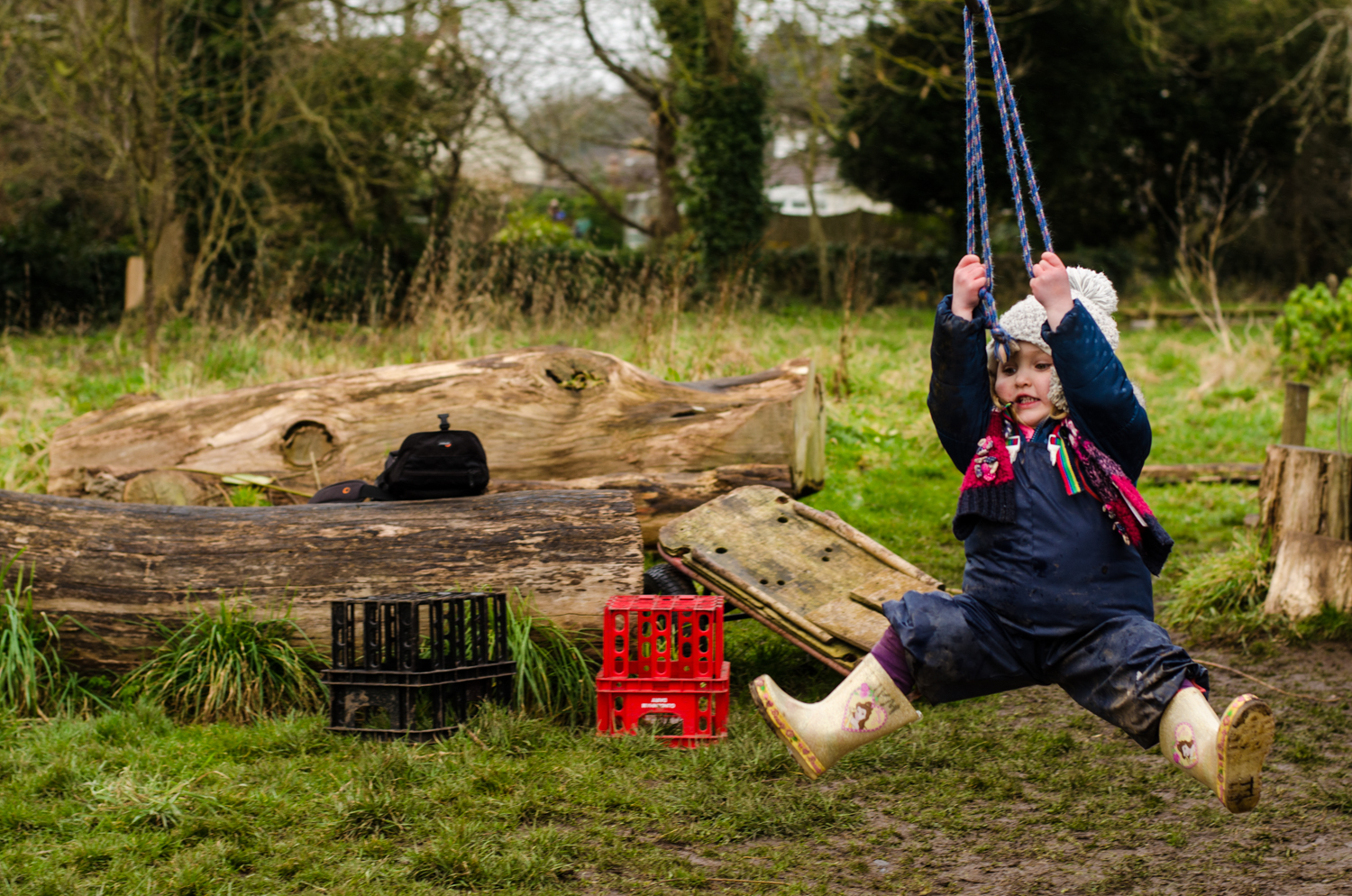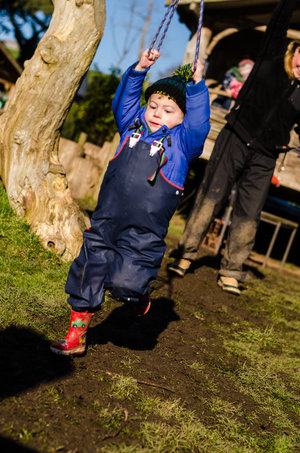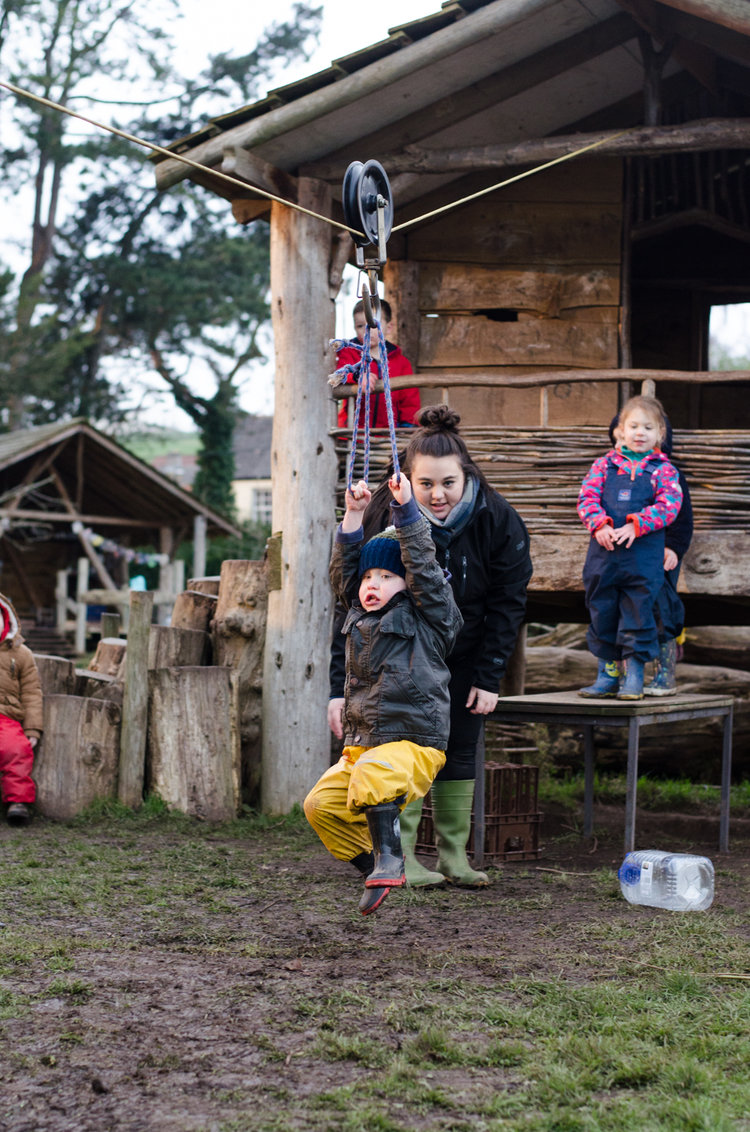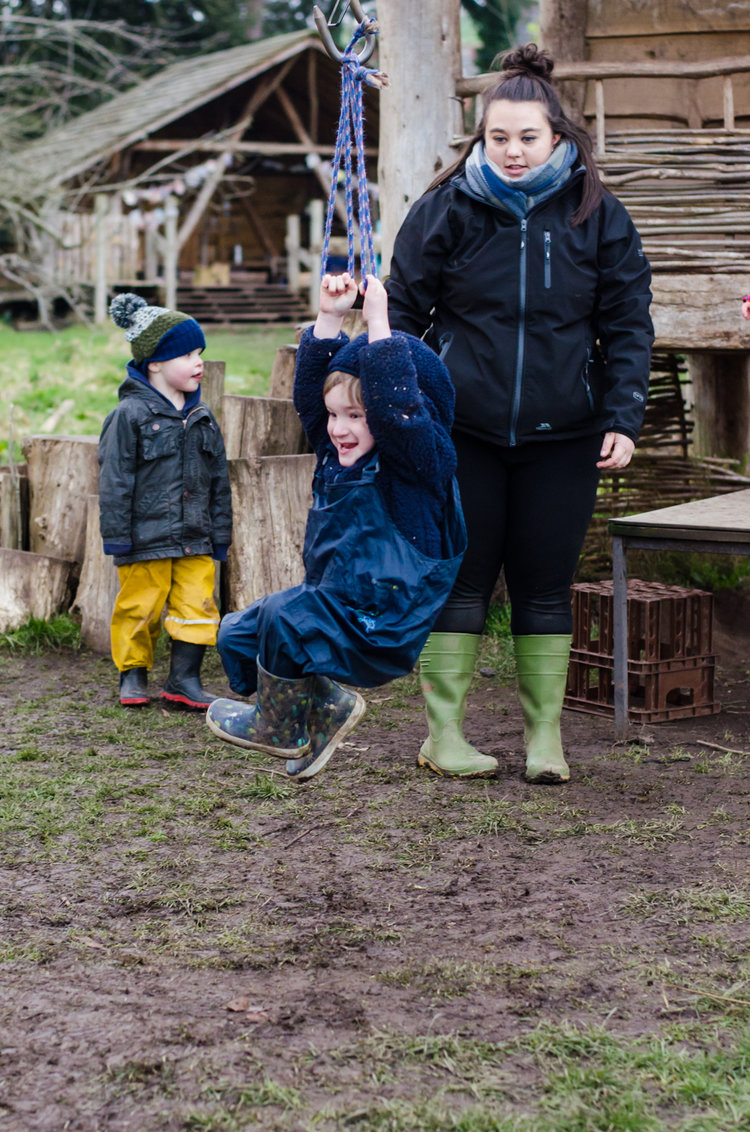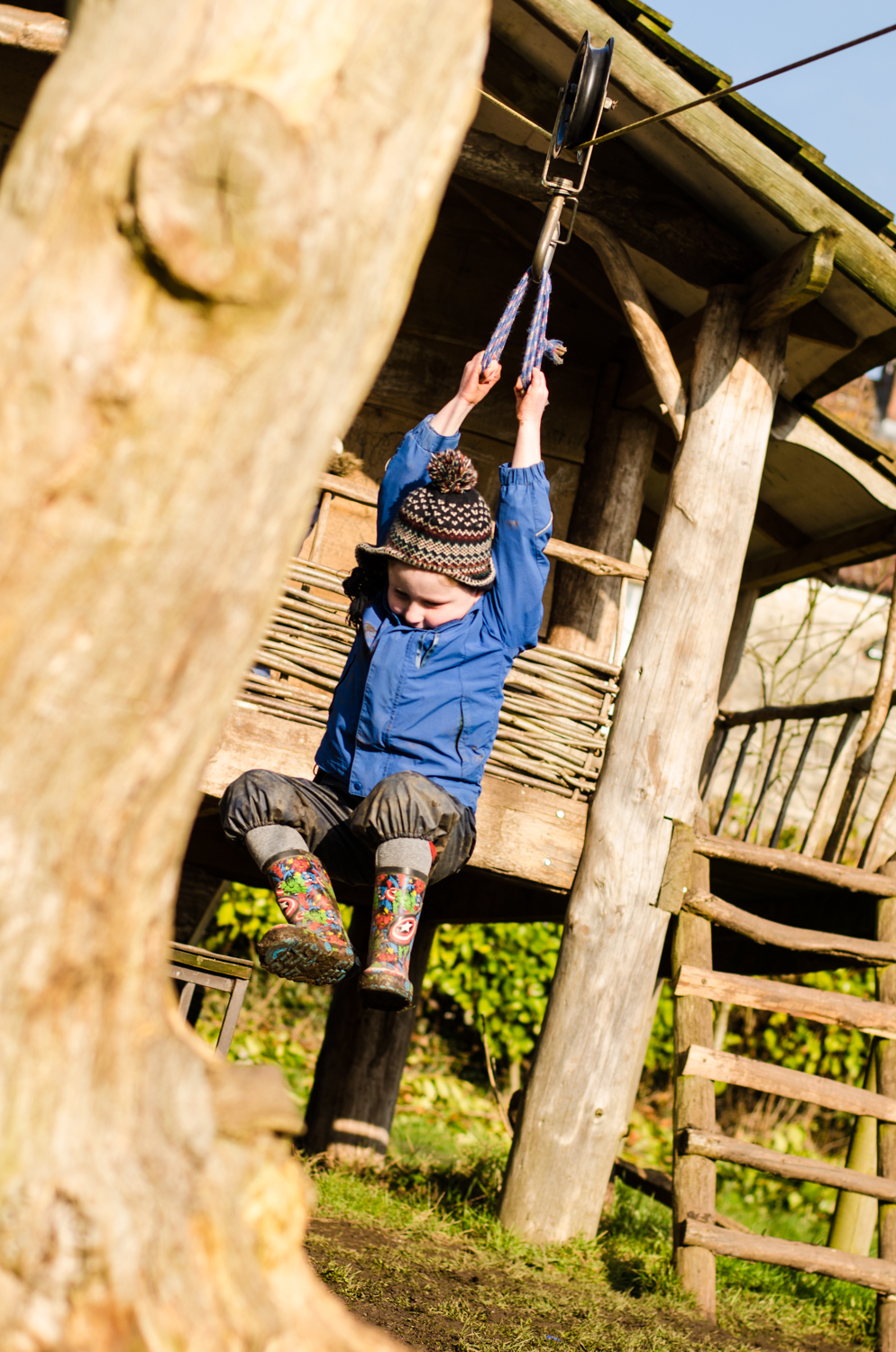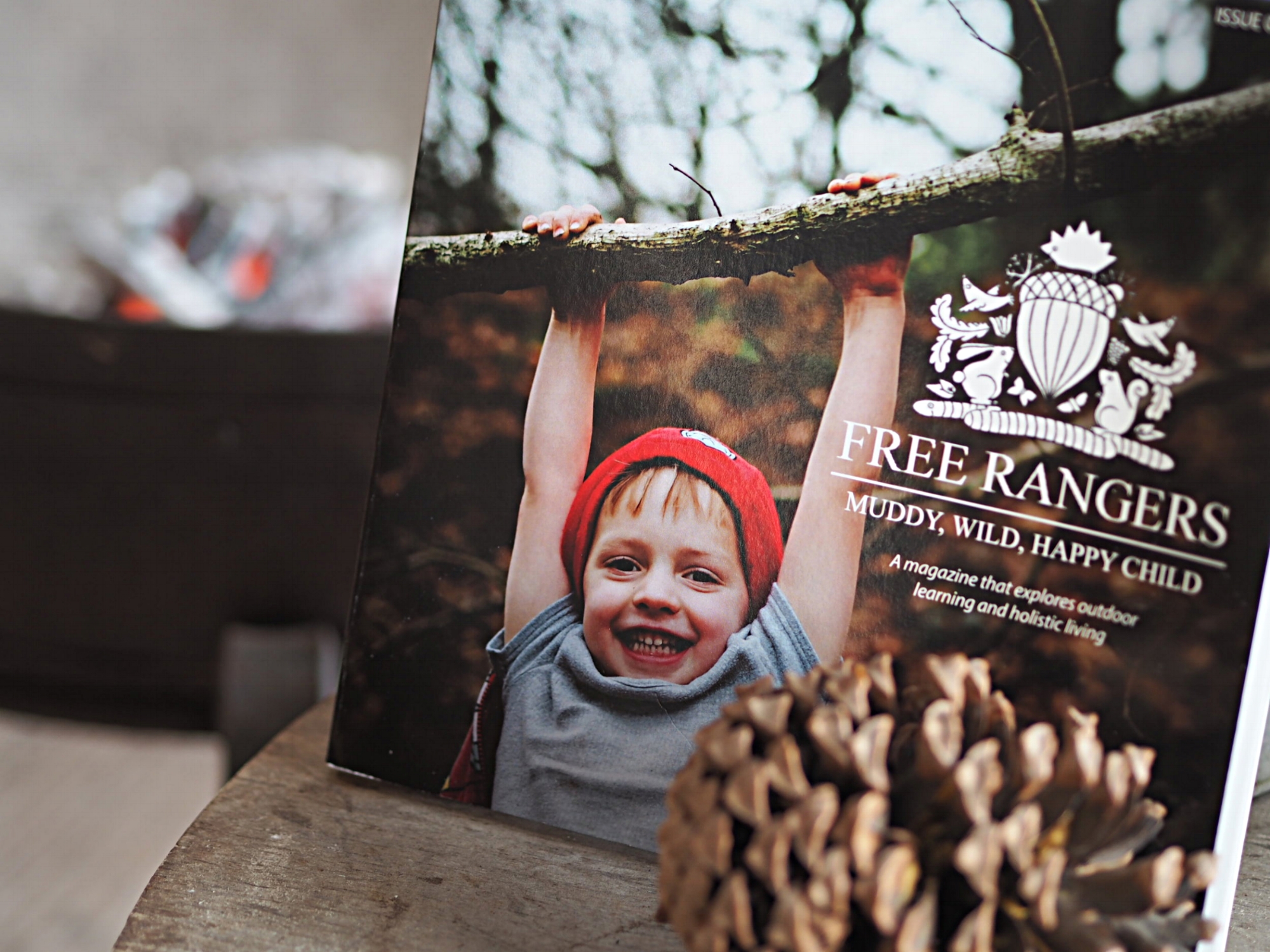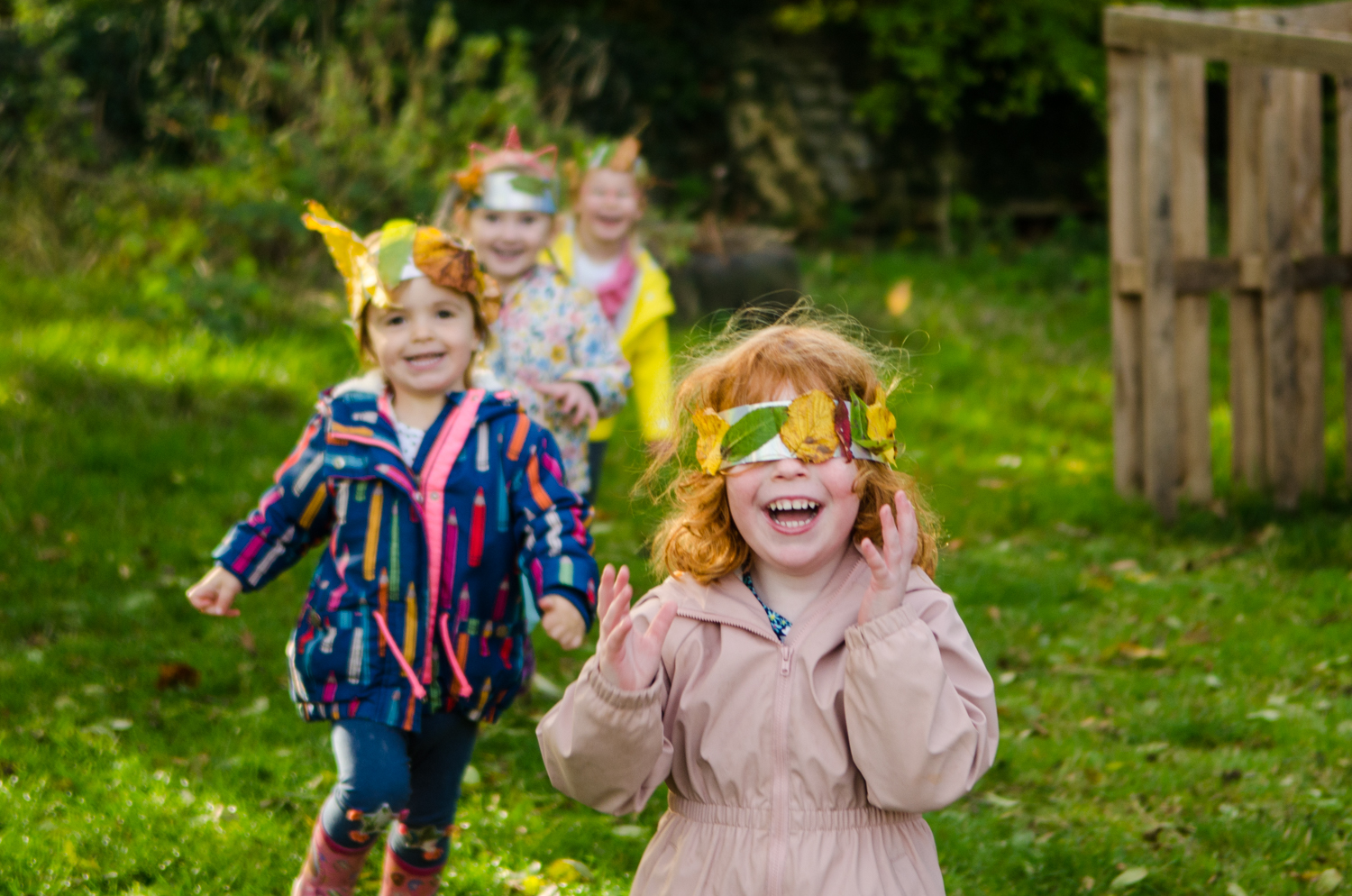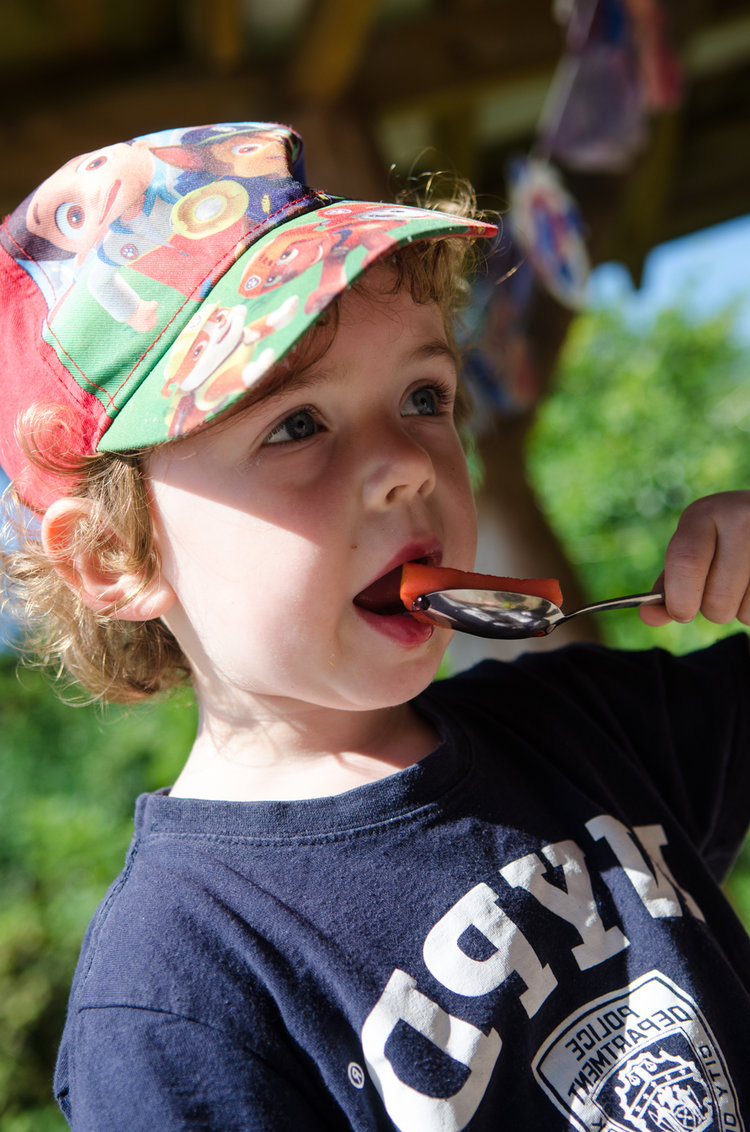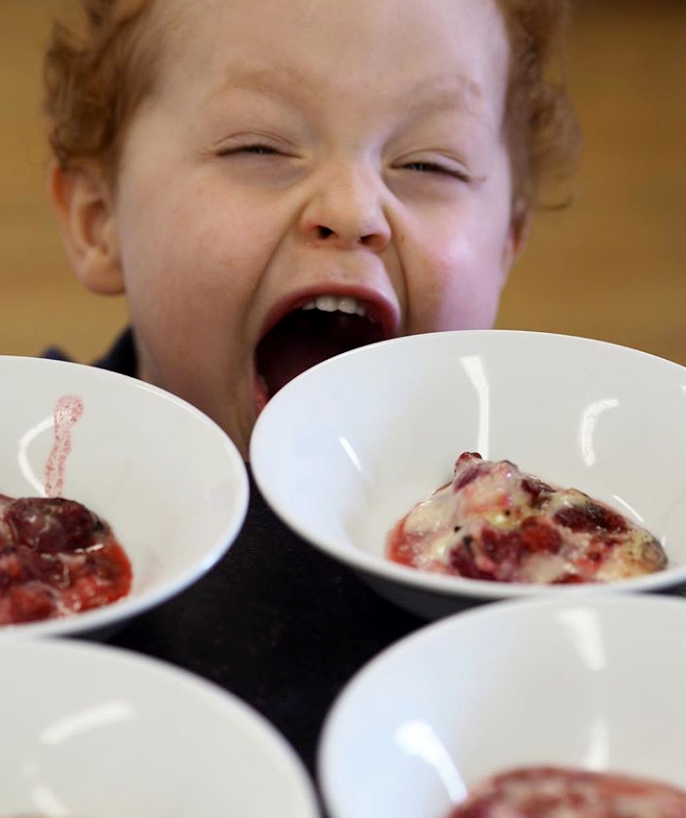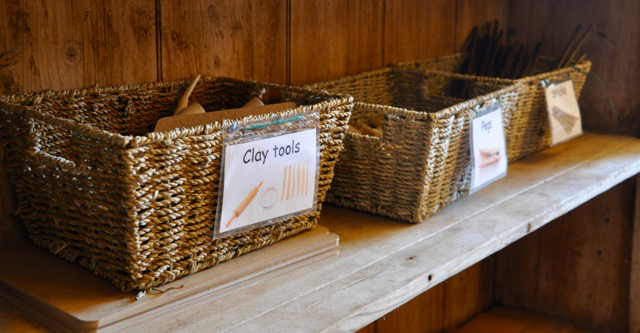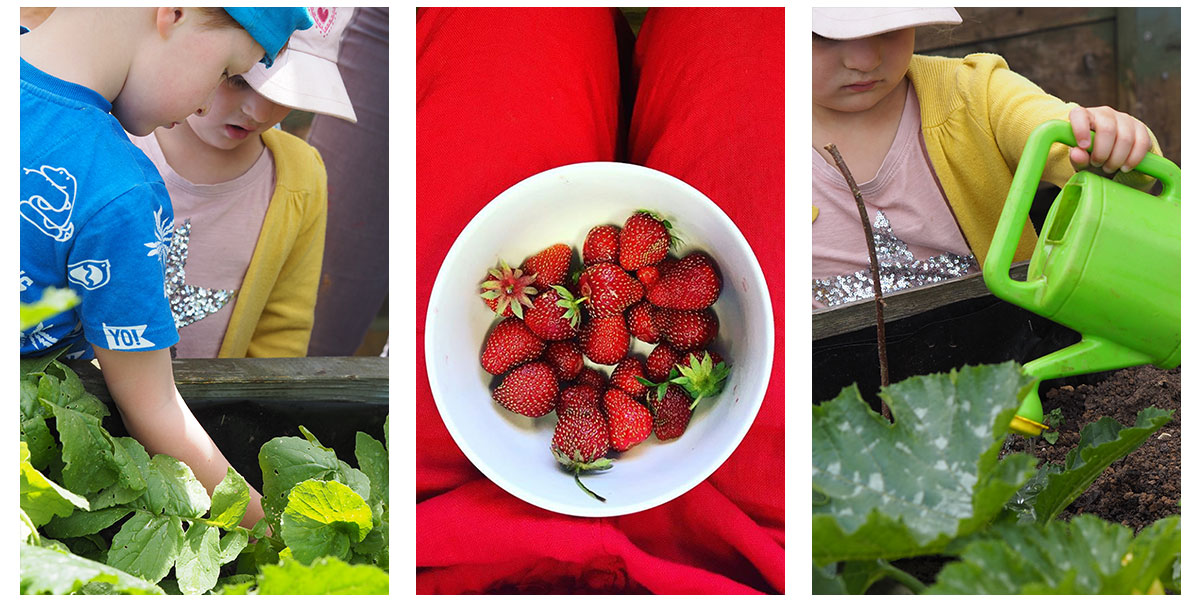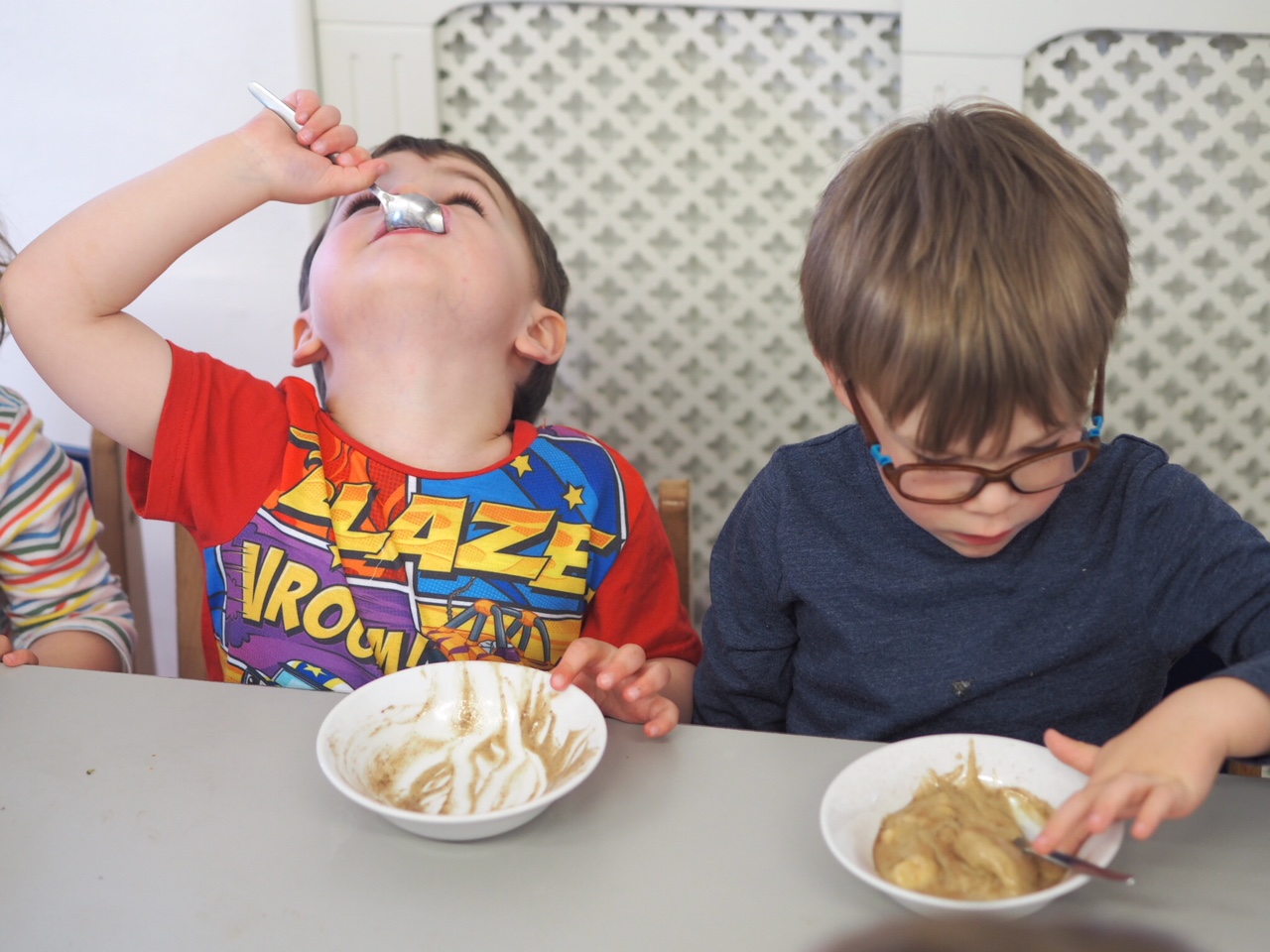The phrase ‘heuristic play’ was a term coined by child psychologist Elinor Goldschmeid in the 80’s to describe the activity of babies and children as they play and explore the properties of objects from the real world. She was the creator of ‘treasure baskets’, a resource used frequently in nurseries, full of natural real objects for children to explore.
Heuristic play is about playing with real life, everyday objects and providing children with an opportunity for open-ended discovery.
We have taken this play type and have put ‘real’ objects in our rooms for children to explore. Let’s face it some of the pre-manufactured plastic toys don’t even look anything like the item they are supposed to be and how many times have presents been bought for children to find the toy left to one side and the part played with is the box that it came in! We have found that children seem curious and engage in play with increased focus. Real spanners, screwdrivers, pots, pans, cameras, keys, coins and food boxes are some of the items found in our resources. The dressing up clothing was changed to contain lengths of material and ‘real’ accessories such as snorkel, flippers, football boots and glasses. Gone were the pre-made ‘Spiderman’ and ‘Snow White’ costumes as children will often only ‘be’ these characters and the adults would without thinking comment on the predisposed character rather than letting the child explain who they were pretending to be. Children experimented with material, wrapping it around their bodies to be brides, mermaids, superheroes, worms! Children used their imagination and demonstrated their creativity. Staff found they could stand back giving children time to process thoughts and invite the adults into their play.
We also decided to reduce the plastic toys in the den room, reducing the cars, dolls and figures with the goal of removing them completely. Often children were found ‘holding’ toys to stop others from having them rather than playing with them. These toys seem to be the root cause of many arguments and some children would spend a lot of time disengaged until finding a ‘particular’ toy. By removing many of the toys it has meant that children need to use their senses and their imagination. Imagining takes us beyond what we know, into the future or into another world. We see alternatives and possibilities; we work out what we need to achieve our goals.
It has been a dream to go back to basics and re-connect children and staff with their environment. A little like the character Tom Good in the television programme ‘The Good Life’ who became disillusioned with life and opted out of societies expectations and become completely self-sufficient. With this in mind, we are going seasonal both inside and out! The current urgency to reduce our use of plastic has given us cause to rethink what we provide. In the den room we are using up the last of the pre-bought brightly coloured paints and plastic shimmer shower pieces. We have waved goodbye to glitter and the forest of paper. Instead we are making our own paints from natural resources found on site, painting on material which can be washed and re-used. We aim to make our own charcoal and forage to become more in tune with our environment and the seasons. For example, during forest school children have used the charcoal from the fire to draw images as part of a story telling activity and during the past months children and staff have been collecting pinecones ready to use at Christmas. Our children will remember and gain an understanding of time and changes over time, have a sense of ownership of resources and where things come from. They will be grounded and respect what we have and where it has come from rather than resources being another product bought in. Free Rangers has always been about the process rather than having something to take home. With this new direction we hope our children will have some ‘time out’ from the consumer driven society that we are currently in.
And with articles hitting the headlines regarding well-being that indicate a change in how we live needs to happen to promote a healthy mental state. A world where children and adults need time, time to stop and take a breath, to be bored, to not be on call every moment, to be quiet, thoughtful, joyful without the need for things, to be at one with the environment, to be content.
Here’s to living the good life.
